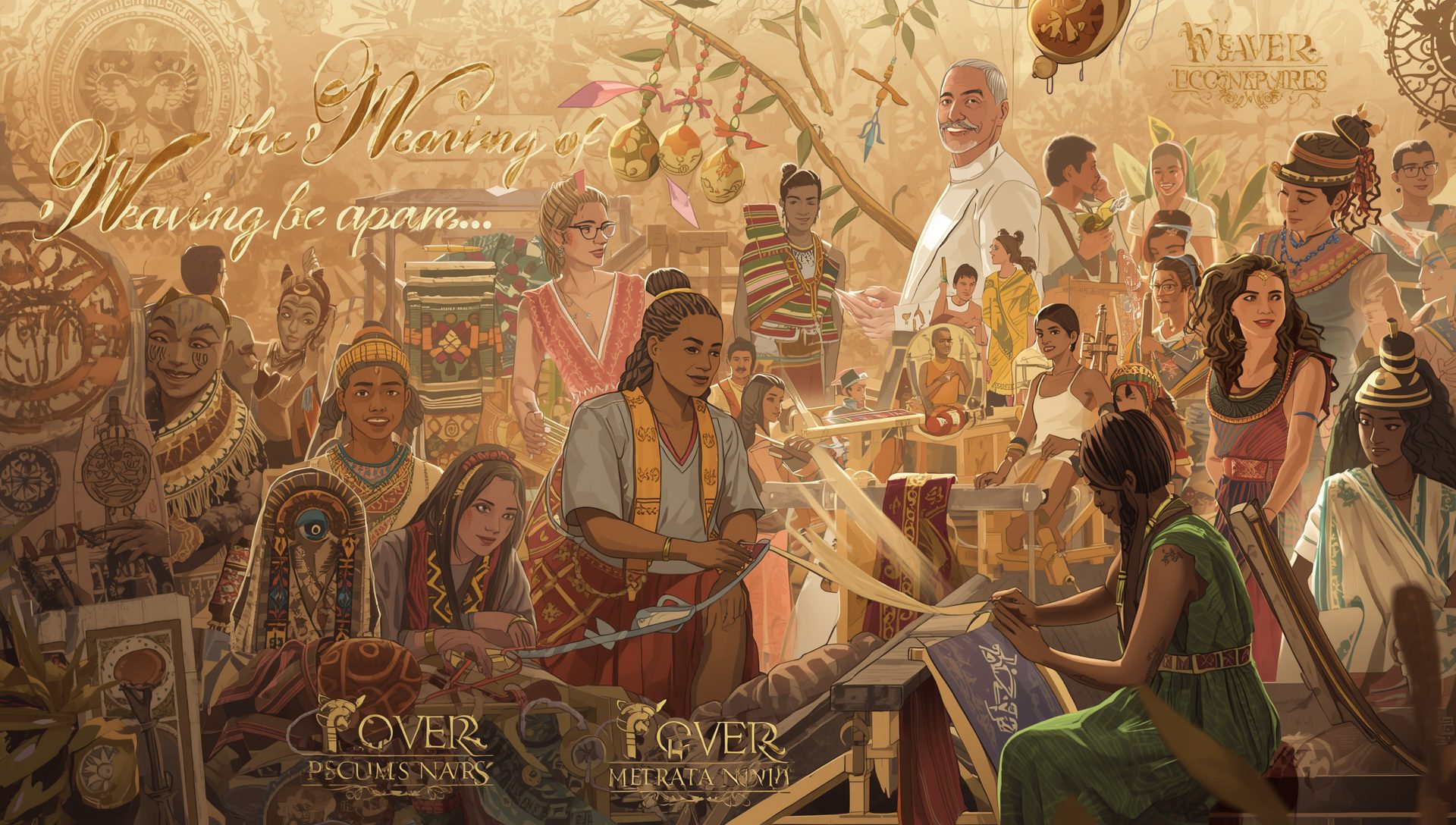Weaving is one of humanity’s oldest and most enduring crafts. From intricate tapestries to delicate bracelets, the act of weaving threads together has carried practical, aesthetic, and spiritual significance across cultures for thousands of years. Today, woven accessories like bracelets, necklaces, and decorative items continue this legacy, blending artistry with personal meaning.
The Ancient Roots of Weaving
In ancient civilizations, weaving was more than a craft—it was a conduit of protection, status, and identity.
- Amulets and Talismans: In many cultures, woven threads or cords were used to create protective charms. Ancient Egyptians, Mayans, and Indigenous peoples often incorporated symbolic knots, colors, and materials into amulets believed to safeguard the wearer from harm.
- Ritual Significance: Woven items were central to spiritual and religious ceremonies. In some Asian and African cultures, threads dyed in specific colors or combined in certain patterns were thought to channel divine energy or bring good fortune.
- Storytelling and Symbolism: Beyond their spiritual function, woven patterns often recorded cultural stories, myths, or family heritage, acting as portable narratives passed down through generations.
Transitioning to Modern Accessories
Over time, weaving evolved from functional or ritualistic objects into artistic expressions and fashion statements. Today, woven bracelets, necklaces, and other accessories carry both aesthetic and symbolic value.
- Personal Expression: Each piece can tell a story—through choice of colors, knots, and materials, wearers express individuality, intention, or spiritual alignment.
- Mindful Craftsmanship: Making a woven bracelet by hand is not just about aesthetics—it is a meditative practice, connecting the maker to the materials and the creative process.
- Cross-Cultural Influence: Modern weaving draws inspiration from countless traditions, blending techniques and symbolism from around the world into contemporary accessories.
The Spiritual and Emotional Connection
Woven accessories often carry more than visual appeal—they can embody intention and energy:
- Crystal Integration: Many modern bracelets combine weaving with crystals, allowing the wearer to harness both the symbolic power of the weave and the vibrational energy of the stones.
- Intentional Patterns: The act of weaving itself can be meditative. Each knot can represent a wish, goal, or blessing, turning a simple bracelet into a meaningful talisman.
- Daily Ritual: Wearing a handwoven accessory becomes a subtle reminder of intention, mindfulness, or personal values, seamlessly integrating spiritual practice into everyday life.
Why Weaving Endures
The enduring appeal of weaving lies in its versatility. It bridges utility, art, and spirituality, connecting us to the hands and minds of generations past while allowing contemporary wearers to express creativity, intention, and individuality. From ancient amulets to modern bracelets, weaving is a living cultural heritage that continues to inspire and protect.
The Takeaway
Every woven accessory tells a story—of cultural history, personal intention, and timeless craftsmanship. When you wear a handwoven bracelet, you are not just adorning yourself; you are participating in a centuries-old tradition of art, symbolism, and human connection. The thread you wrap around your wrist is more than material—it is a link to the past, a reflection of the present, and a gesture of hope for the future.
-
$89.90 Original price was: $89.90.$69.90Current price is: $69.90.
-
$99.90 Original price was: $99.90.$79.90Current price is: $79.90.
-
$99.90 Original price was: $99.90.$79.90Current price is: $79.90.
-
$99.90 Original price was: $99.90.$79.90Current price is: $79.90.
-
$99.90 Original price was: $99.90.$79.90Current price is: $79.90.
-
$119.90 Original price was: $119.90.$99.90Current price is: $99.90.
-
$79.90 Original price was: $79.90.$59.90Current price is: $59.90.
-
$119.90 Original price was: $119.90.$99.90Current price is: $99.90.
-
$119.90 Original price was: $119.90.$99.90Current price is: $99.90.
-
$89.90 Original price was: $89.90.$69.90Current price is: $69.90.
-
$89.90 Original price was: $89.90.$69.90Current price is: $69.90.
-
$99.90 Original price was: $99.90.$79.90Current price is: $79.90.
![]()
